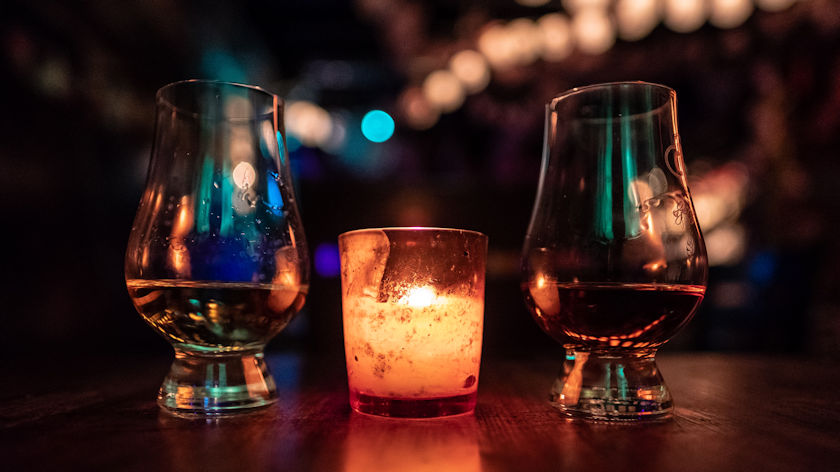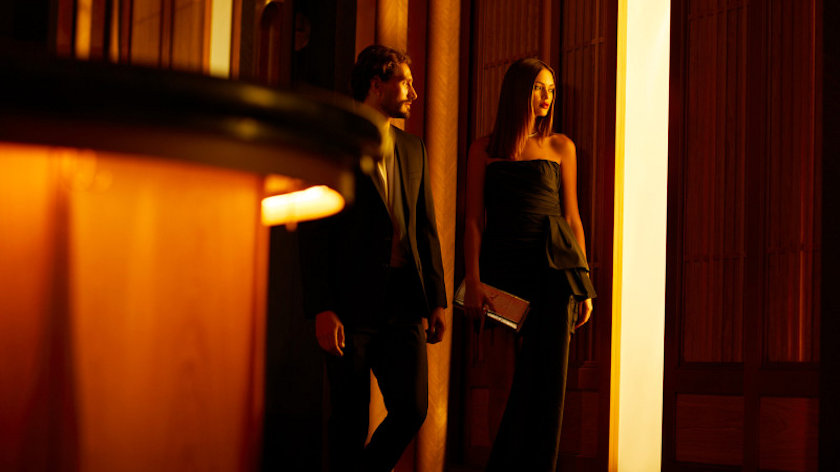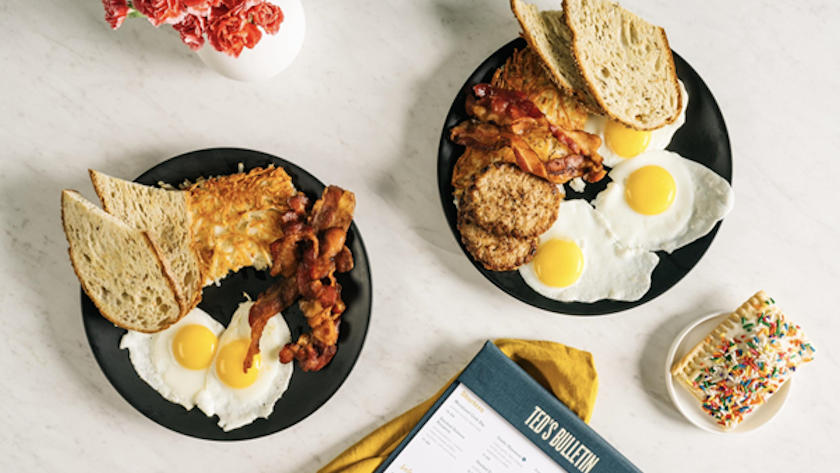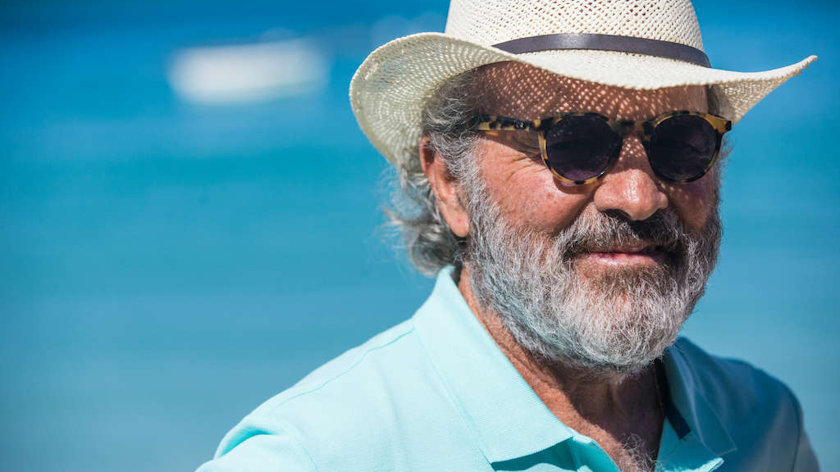Whisky is one of the most desirable alternative investable products in the world. Its prestigious reputation and diverse range of products give investors a wealth of opportunities to make great returns on a quality bottle.
Scotch dominates the international market, with brands like The Macallan, Bowmore and Springbank commanding the largest value market shares. In the last few years, however, resurgence in domestic interest has catapulted Japanese whisky onto the global stage. Japanese whisky traditions are closely inspired by Scotch but in many ways Japanese craftsmen are challenging the concept of premium whisky.
General whisky market info
As an alternative investment item, whisky offers much more stability than products like cars, wine and watches in that the quality doesn’t fluctuate over time. If unopened, an 18-Year-Old whisky will always be an 18-Year-Old whisky. Many high-quality whisky expressions are subject to limited release which exacerbates their value through scarcity. A savvy investor who gets their hands on a rare bottle can hold onto it until there are fewer in circulation for bigger returns.
The global whisky market has increased by 700% in five years and the UK’s trade deficit would be 11% wider without the contribution of Scotch, making it an essential part of British industry. Additionally, the average bottle price for Scotch has gone up from £299 in 2017 to £377 in 2018 as more and investors reach for a bottle.
Japanese whisky market
Outside of Scotland, Japanese producers are hot on the heels of the Scotch giants. The Japanese market grew more than any region of Scotland last year, rising by 35% and beating out second-place Campbeltown by 15%. Drinking and collecting whisky has grown exponentially in the domestic market and international connoisseurs want a piece of the action.
Award-winning Japanese whiskies are becoming a more common sight as well, with Hibiki 21-Year-Old winning the World’s Best Blended Whisky at last year’s World Whiskies Awards. 2018 also saw the record broke for most expensive bottle of Japanese whisky sold at auction, a Yamazaki 50-Year-Old sold for $343,000. 2018 was undoubtedly the most successful year for Japanese whisky and this success is expected to keep growing as more and more whisky enthusiasts learn of the delights of the East.
Blends
Japanese whisky producers like Suntory and Nikka have been deeply inspired by the Scotch tradition, with both companies holding close ties to the ‘father of Japanese whisky’ Masataka Taketsuru. However, where they differ from Scotch is most evident in the popularity of blends. In the eyes of the Scots, a blended whisky isn’t worth the investment but with the Japanese, blending is an opportunity to explore every possible flavor profile.
Blends are so prolific in Japan because demand outstrips supply for most of the popular distilleries, meaning products must be shared out to extend the lives of their stock. However, some blends, such as the Hibiki 21-Year-Old have gained international regard and may soon be seen as a highly desirable item for investors.
NAS bottles
Another method of managing dwindling supply and maintaining consumer interest that the Japanese employ is producing No Age Statement (NAS) bottles. Suntory, Asahi and Kirin, owners of multiple distilleries, all sell NAS expressions, combining some of their high quality stock with younger whiskies to still provide quality drams without the prestige of aging.
Brands like Macallan, Glenlivet and Talisker have all followed suit, releasing their own NAS expressions to generally positive reception. The main issue with NAS expressions is that they are typically cheaper and considered of lower quality because of the ambiguity of their age.
A spirit of integrity
Whisky in Japan is held to much lower production standards than other products around the world. Scotch and Bourbon require geographical indication to show consumers that the product was made in Scotland or America. In Japan, however, any whisky bottled or blended in Japan is a ‘Japanese whisky’, regardless of whether it started its life in Japan, Scotland or Canada.
Similarly, much of the regard for whisky comes from the aging, with the general consensus that older whiskies are of better quality. While NAS bottles may not necessarily be the best for investment right now, their popularity could lead to a shift in attitudes.
While the most desirable bottles from Scotland and Japan are still mostly older, single malt whiskies, the way that Japan has been able to manipulate the image of a good whisky is an interesting challenge to the paradigm of quality Scotch.
Market growth for investment
Currently, Japanese whisky has been a victim of its own success, with most of the main players having to discontinue their popular expressions due to lack of supply. For savvy investors, this offers a distinct opportunity as these expressions will only become rarer over the years. Those who hold onto a bottle or two may be able to make major gains from some of the best known Japanese spirits.
While the success of bottles like the Yamazaki 50-Year-Old don’t come close to the most expensive Scotch ever sold (£1m for a 60-Year-Old Limited Edition Macallan), the many ways in which Japanese whisky is shaking up the industry are sure to make investing in whisky interesting over the next few years.
This article was written by Damon Culbert from The Spirits Embassy, rare and unique spirit marketplace worldwide.




